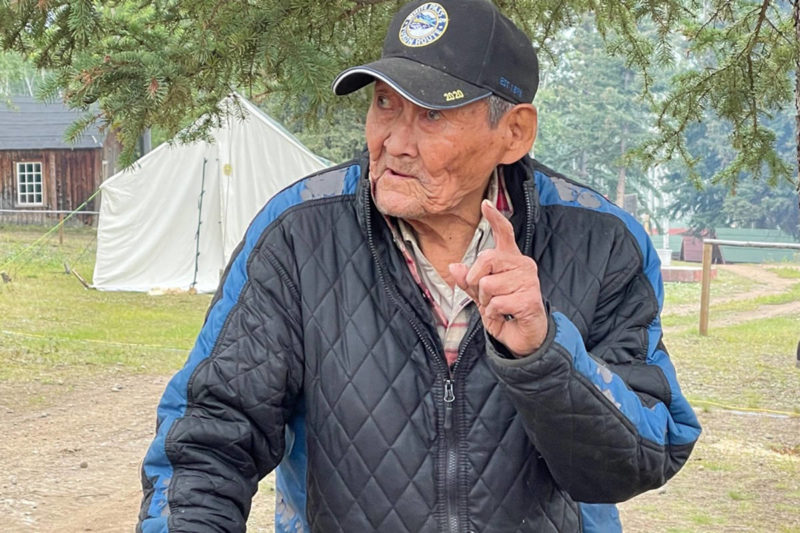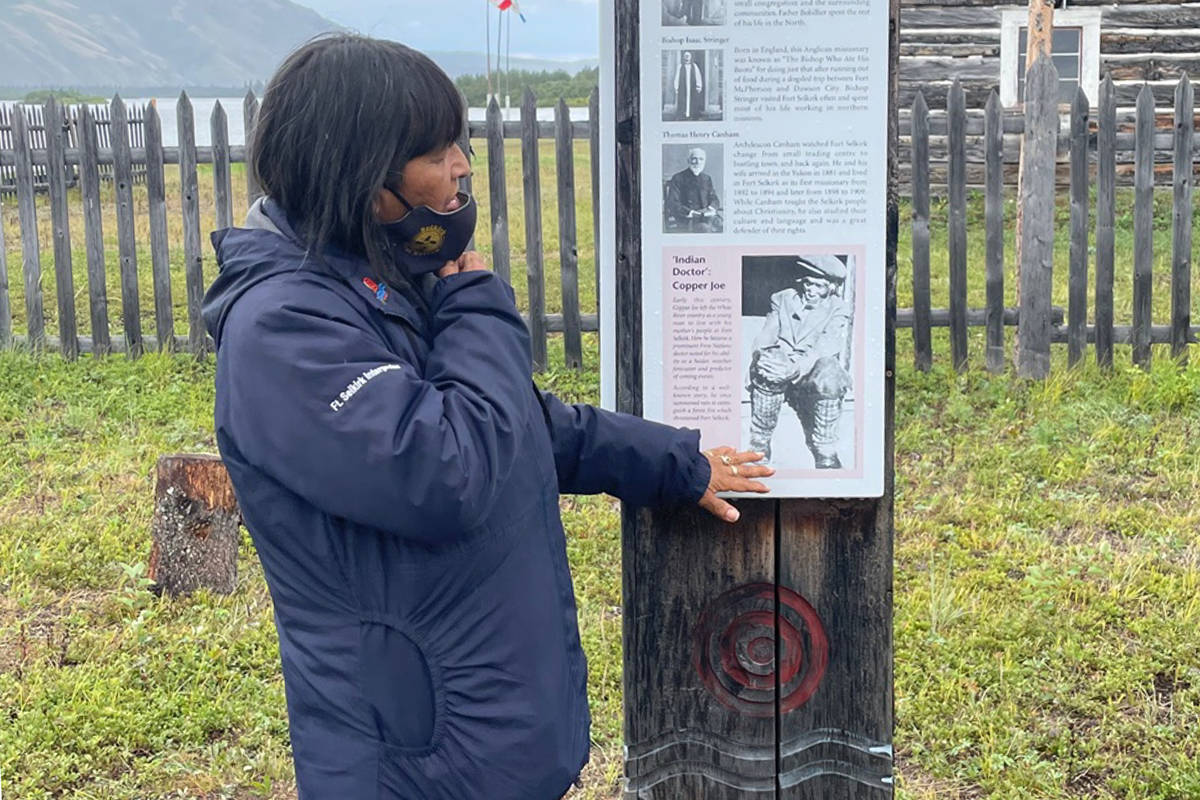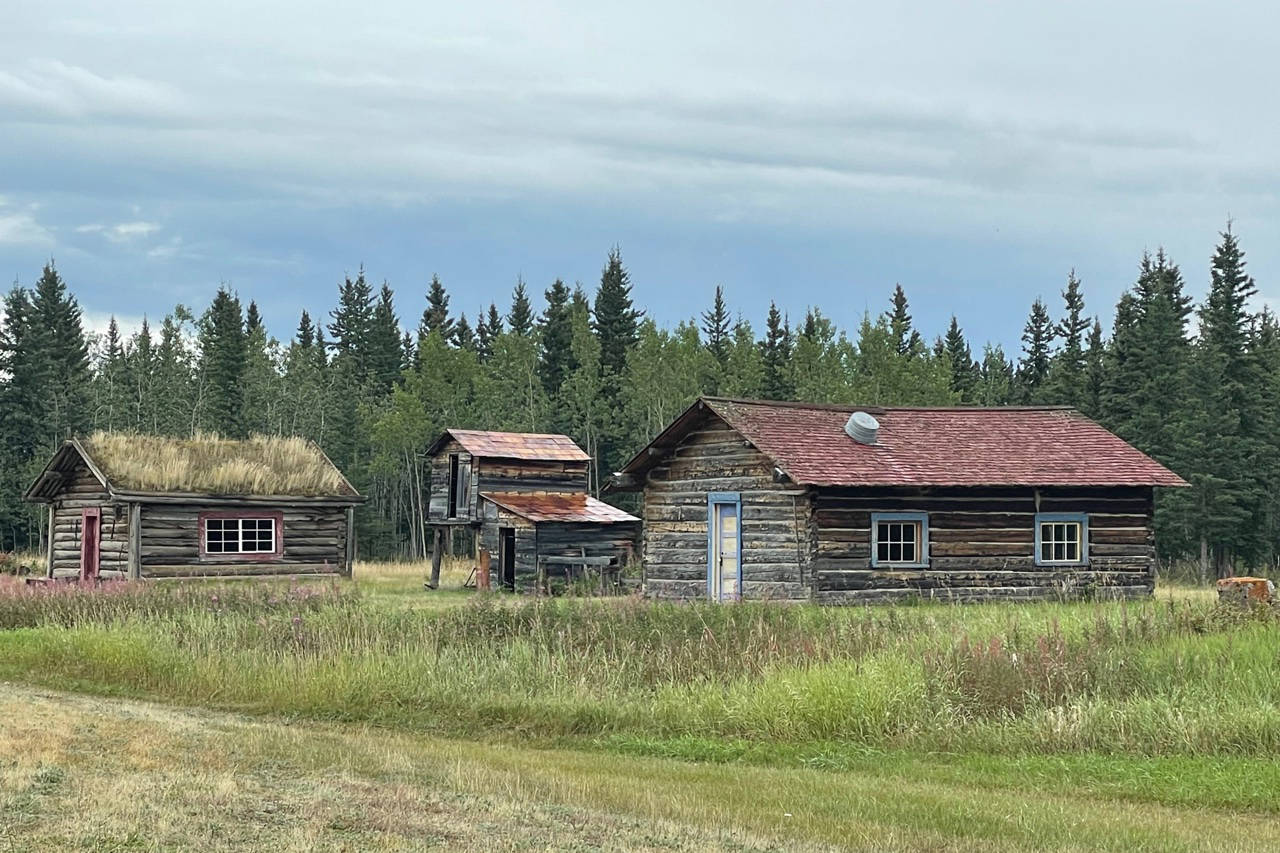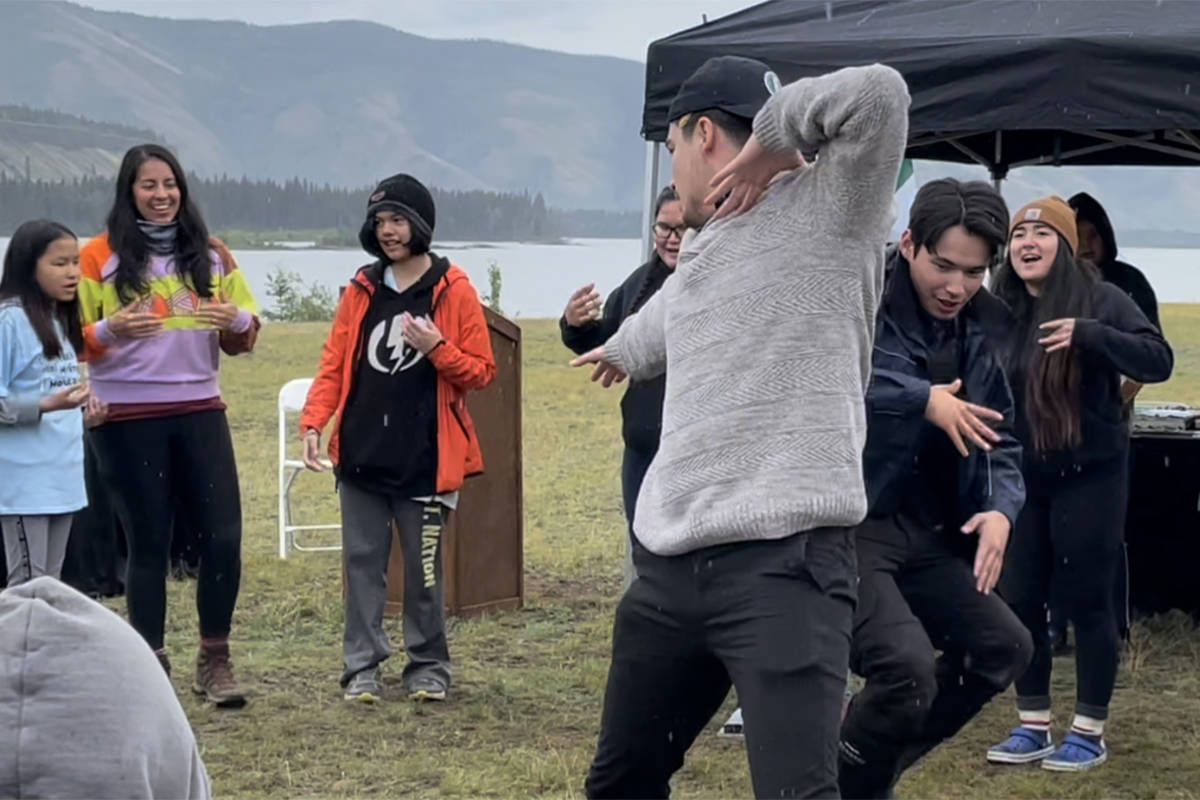The signing of the third Huchá Hudän / Fort Selkirk Historic Site Management Plan on Aug. 21 represents another step in the co-management planning process for the largest of Yukon’s historic sites.
In ethno-histories, physical geography is often the starting point, then ecology exerts forces that re-shape the physical geography, which influences the distribution of animal and human populations.
Huchá Hudän – Flatland People
First people in the Yukon moved in patterns, in accordance with the migrations of fish, birds and animals.
They traveled along navigable pathways, primarily rivers and trails to track and harvest their food sources.
Then, most hunkered down for winter.
These places of gathering and hunkering are identifiable throughout the Yukon, and though not recorded in traditional history books, they are identifiable. They are ‘known.’
Huchá Hudän / Fort Selkirk is one such place.
There are layers embedded here, carefully sifted by decades of achaeological work.
History is multi-dimensional and shifts according to each participant’s perspective at different times.
Huchá Hudän is a place where travel routes converge and where people, migratory salmon and wildfowl pass through.
“It was a long-standing traditional gathering place for trading and huge potlatches and big celebrations year-round. There are trails from here that go through to Champagne Aishik,” said deputy chief Morris Morrison of the Selkirk First Nation.
“There is lots of history since it is an intersection.”
It’s a place where people gather and welcome others to join them.
The intention is to remember and teach people to experience Huchá Hudän as a place of cultural revitalization and spiritual renewal. This is achieved through interpretive guides, teaching sessions and informative panels in the interpretive centre — Big Jonathan House.
Peter Isaac, now 86, teaches young students and visitors how to light a fire in the winter by breaking off the dry under-branches and scooping snow away from the tree trunk, and gathering dry needles.
And Don Trudeau teaches what to pack for survival without shopping at an expensive gear store.
Things left behind
Copper and obsidian that was found on the site from thousands of years ago provides evidence of trade between travellers of the Kluane and the upper White River with the local northern Tutchone.
Up into the nineteenth century, Chilkat Tlingits traded into the area from the south, before the Hudson’s Bay company entered the Yukon from the northeast, establishing Fort Yukon and a short-lived attempt at Fort Selkirk between 1848 and 1852.
Shortages of supplies and trading goods challenged the stability of the settlement, and aggressive signals from the Chilkats forced Robert Campbell to abandon his post in 1852.
Technological shifts, such as rifles, twine for fishnets and axes for building, impacted hunting and housing techniques and practices.
Missionaries and military personal built churches and parade grounds, all the while co-existing with the northern Tutchone people.
Army-types came and went. The gold seekers left the territory. Families continued to be raised in Fort Selkirk’s community of Indigenous and non-Indigenous people, and where future Yukon settlement seemed secure.
For the first half of the twentieth century, Fort Selkirk remained a stable, thriving community. Then the highway to Dawson City was built on the opposite side of the river.
The population shifted sides and dwindled. The buildings remained.
Spiritual essence intact
Although people left, the force and significance of place to the Selkirk First Nation people was never lost. Huchá Hudän remains as part of their homeland and a place for spiritual and cultural renewal. At the signing ceremony for the management plan, the young Selkirk Spirit Drummers shared their joy in dance.
This third Huchá Hudän / Fort Selkirk Historic Site Management Plan extends a buffer zone and makes every effort to ensure that the site is protected, restored and preserved as a living cultural heritage site.
As cultural heritage is protected, fostered, interpreted and taught, the living learn of the vital connection of the past to present day, and the essence of people to place and land.
This is what occurs at Huchá Hudän / Fort Selkirk.
***
Plan your adventures throughout the West Coast at westcoasttraveller.com and follow us on Facebook and Instagram @thewestcoasttraveller. And for the top West Coast Travel stories of the week delivered right to your inbox, sign up for our weekly Armchair Traveller newsletter!














 A hiker’s guide to Vancouver Island’s Cape Scott Trail
A hiker’s guide to Vancouver Island’s Cape Scott Trail